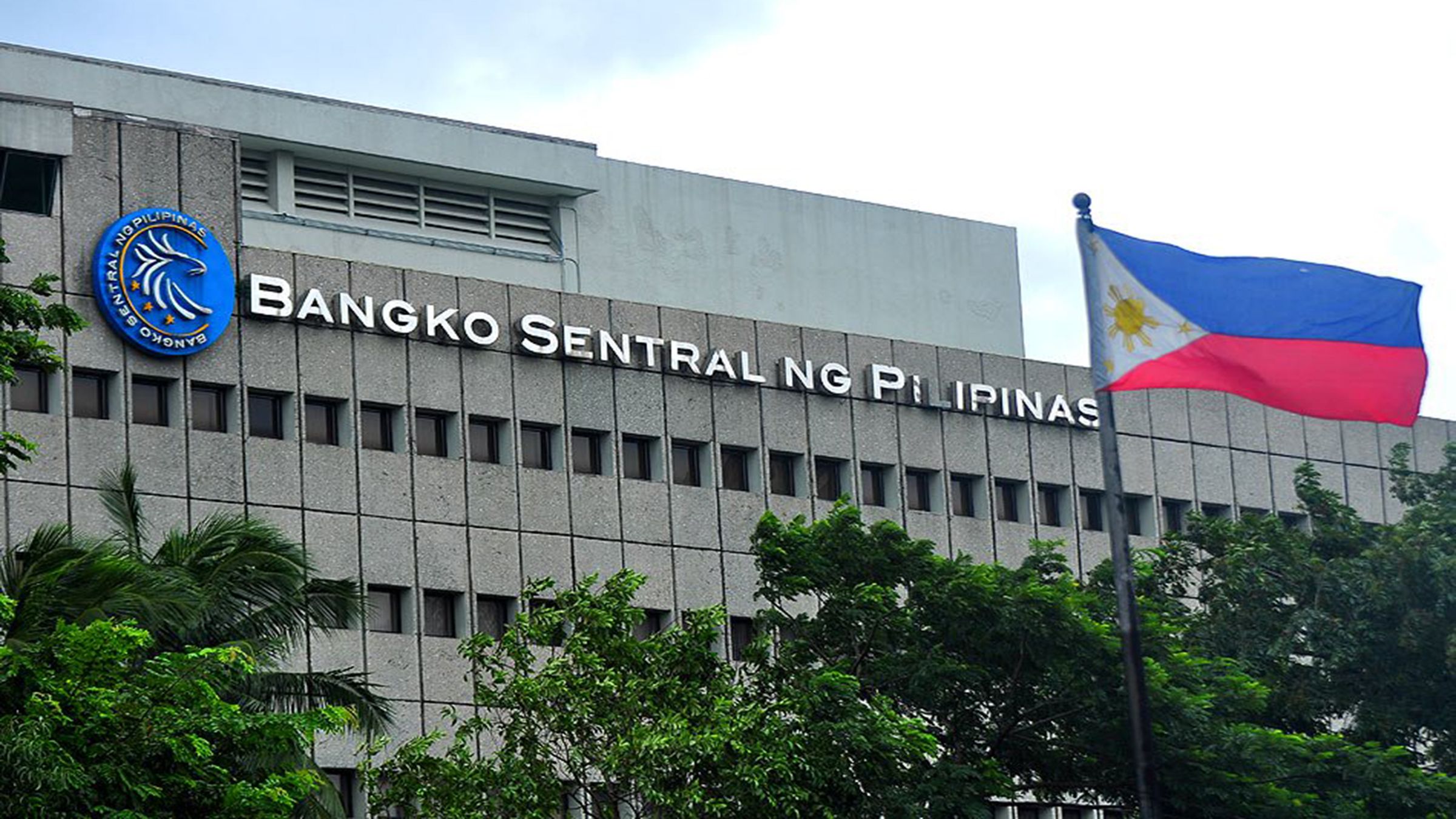The Bangko Sentral ng Pilipinas forecasts slower growth until 2024, due to slower external demand and the impact of the BSP's tightening monetary policy.
The Bangko Sentral ng Pilipinas (BSP) sees slower growth through 2024 due to the impact of high-interest rates despite the Philippine economy being expected to meet the government's growth target this year.
In BSP’s latest monetary policy report, the gross domestic product (GDP) will be within 6.5 – 7.5 percent target of the Development Budget Coordination Committee (DBCC).
The Philippine economy expanded by 7.6 percent in the third quarter, bringing the year-to-date average growth to 7.7 percent, Business World reported.
However, economic headwinds could result in slower GDP growth for 2023 and 2024. BSP said that the forecast for 2024 is lower, reflecting slower external demand as well as the impact of the BSP's tightening of monetary policy.
The BSP did not provide a forecast, but the DBCC anticipates GDP growth of 6.5 - 8 percent in 2023 and 2024.
Basis points
The BSP raised the benchmark policy rate by 75 basis points (bps) to 5 percent last week, the highest level in nearly 14 years. Overnight deposit and lending facility rates were also raised to 4.5 percent and 5.5 percent, respectively.
The Monetary Board raised policy rates by 30 bps since May to curb inflation and support the peso.
Domestic economic activity has recovered above its pre-pandemic level amidst the easing of mobility restrictions and resumption of onsite classes.
“Domestic growth is seen to remain robust over the succeeding quarters in view of looser mobility restrictions, strong capital formation, return of domestic and foreign tourism, as well as greater MSME (micro, small and medium enterprises) activities induced by the resumption of face-to-face classes.” BSP said.
The implementation of the Corporate Recovery and Tax Incentives for Enterprises (CREATE) Act, the Financial Institutions Strategic Transfer Act, and the second tranche of personal income tax cuts will boost the domestic outlook in 2023 and 2024.
BSP took note that the economy is expected to perform slightly above its potential.
“Estimates from the BSP’s Policy Analysis Model for the Philippines (PAMPh) 4 indicate that the output gap is projected to turn positive in 2023, reflecting largely the sustained expansion in 2022. The output gap will return to broadly neutral territory in 2024 as the impact of policy interest rate adjustments take hold on the economy.” BSP added.
Despite the slowing global growth outlook, improved external trade competitiveness and sustained remittances could drive the higher domestic output gap.
Meanwhile, given the continued reopening of the economy, improvements in labor conditions, and investment growth, potential output is expected to sustain its recovery.
Inflation remains high
Inflation is projected to remain elevated in the near term and above the 2 – 4 percent target range until the second quarter of 2023.
Due to negative base effects, inflation is expected to decelerate back to within the target range by Q3 2023 and approach the low end of the target range in Q4 2023 to Q1 2024 before stabilizing at the midpoint of the target by Q2 2024.
The projected deceleration of the inflation path can be attributed to the lower global oil and non-oil prices, negative base effects from transport fare adjustments in 2022, and the impact of the BSP's cumulative policy rate adjustments.
The BSP raised its average baseline inflation forecast for this year to 5.8 percent from 5.4 percent previously. It also raised the inflation forecast for 2023 to 4.3 percent from 4.1 percent, while lowering the forecast for 2024 to 3.1 percent from 3.2 percent.
Domini S. Velasquez, Chief Economist at China Banking Corp., asserted that high inflation remains a risk. They expect inflation to reach 7.8 percent or higher in November, with food remaining a major source of volatility.
Last October, inflation reached a near 14-year high of 7.7 percent, up from 6.9 percent in September and 4 percent a year ago. Core inflation increased to 5.9 percent in October, excluding food and fuel prices.
“We cannot say it will not exceed 8% definitely as vegetable and meat prices are on an uptrend. We might see some pressure still as we approach Christmas where demand tends to increase.” Velasquez said.
Meanwhile, Security Bank Corp. Chief Economist Robert Dan J. Roces said that the Q3 growth rate indicates a "comfortable space" for more rate hikes.
“Forward guidance so far points to more tightening ahead with the central bank still having a lot of work to do, as core inflation remains above-target and still climbing — indicating stronger pass-through of food and energy prices amid demand-side appetite — which continues to lift price expectations.” He said.
If the US Federal Reserve continues to tighten policy, BSP Governor Felipe M. Medalla told Reuters that BSP will have to raise interest rates to prevent the peso's weakness from fueling inflation further.
The US Federal Reserve has increased borrowing costs by 375 bps since March, which brought the policy rate to 3.75 – 4 percent.
“We think that BSP will continue to be aggressive, matching the Fed in December of 50 bps. Until early next year, the BSP will likely move in lockstep with the Fed both to prevent the peso from depreciating and also as domestic core prices continue to accelerate.” Velasquez said.
Asian Institute of Management economist John Paolo R. Rivera also said that because inflation has not yet peaked and the Fed is showing signs of slowing, the BSP may still raise rates, but not by 75 basis points.
“However, should inflation uptick faster as expected, BSP can use other monetary tools to temper inflation.” He added.
Tags: #BSP, #GDP, #Inflation
